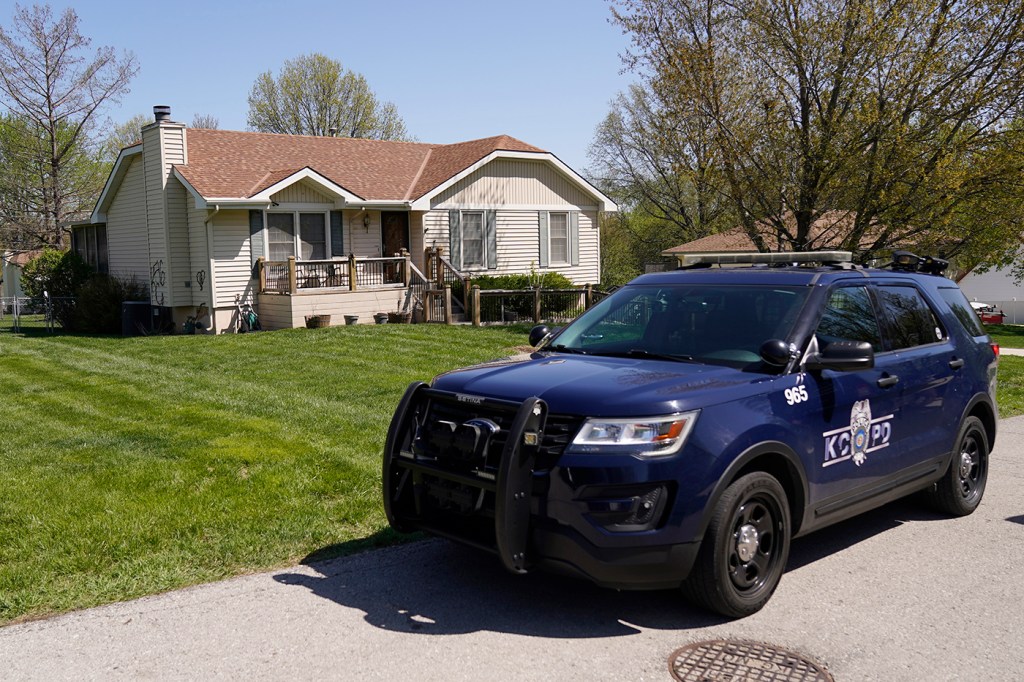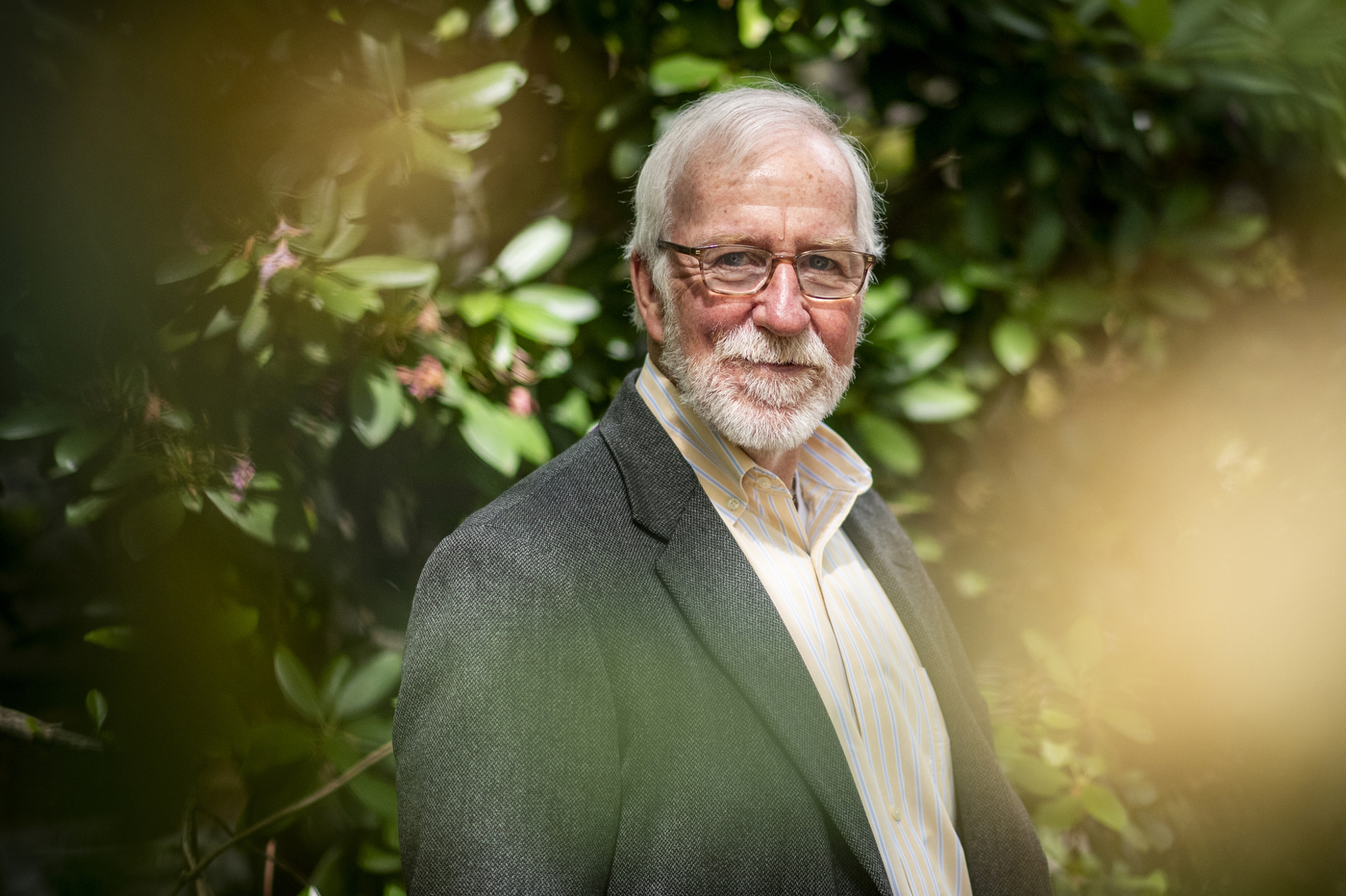Key details could turn shooting of Black teen at doorstep into a hate crime, expert says

The doorstep shooting at a Kansas City, Missouri, home that left a Black teen with wounds to his head and arm has prompted questions about whether the homeowner involved will face hate crime charges.
Earlier this month, 16-year-old Ralph Yarl had mistakenly approached the home of an 84-year-old white man believing it was the location where he was to pick up his younger siblings, authorities said. When Yarl rang the doorbell, he was shot by Andrew Lester, according to authorities.
Lester told authorities that he grabbed his Smith & Wesson .32-caliber pistol and fired at Yarl because he was “scared to death,” noting the teenager’s size and Lester’s inability to defend himself, according to the Washington Post. Jack McDevitt, professor of the practice emeritus in criminology and criminal justice, says the ability to establish motivation is at the center of all hate crime cases.

“The elderly gentleman said he was in fear after seeing the young African American teen on his doorstep,” McDevitt says.
In order to determine whether there is a “hate” element in play, McDevitt says “that fear has to be, in part, based on how [Yarl] was … perceived” in the moments prior to the shooting.
Hate crime charges are often brought later on during a case, McDevitt says. Investigators will pay particular attention to how Lester described Yarl to police. If Lester said he was afraid of Yarl simply because he was a stranger, then it will be considerably harder to establish hate than if he said he was afraid of “individuals who look like [Yarl],” for example.
In other words, the language used can go a long way toward establishing hate. Social media posts, text messages or other personal communications are also analyzed to discover potential bias.
“From my experience, this sounds like it was a hate crime,” McDevitt says.
“After years of studying hate crimes, one of the primary ways people are perceived to be dangerous is because of their race,” McDevitt adds.
Studies that look at racial bias have found that people often describe young Black males as larger and more threatening than same-sized white men, a phenomenon called “adultification.” The Washington Post reports that Lester identified Yarl as a “Black male approximately 6 feet tall,” when the teen’s family said he is actually 5’8 and 140 pounds.
McDevitt says that while racial bias is an important factor at play in the shooting, one also can’t ignore the broader context of gun violence.
“One observation to make here is that we train police officers for months and months to be able to make a determination of who might be dangerous—and even so, they still get it wrong all too often,” McDevitt says.
“The idea that an individual in their home with no training is going to be able to make a determination of whether someone on their front porch is a danger to them is just ludicrous,” he continued. “Yes, everyone should have … a higher expectation of privacy in their own home; but they should not be allowed to fire at someone simply for knocking on their door.”
An attorney for Yarl said they intend to seek further charges.
“We’re looking forward to a federal review of this case, and federal charges as well,” Lee Merritt told reporters this week.
Tanner Stening is a Northeastern Global News reporter. Email him at t.stening@northeastern.edu. Follow him on Twitter @tstening90.






